Scotland stands as a testament to both stunning history and groundbreaking engineering innovation, where ancient castles cast shadows over cobbled streets while progressive mechanical designs continue shaping our modern world. Among the most fascinating subjects that epitomize this Scottish duality are two distinct yet equally captivating "Stirlings" – the historic city and the brilliant engine.
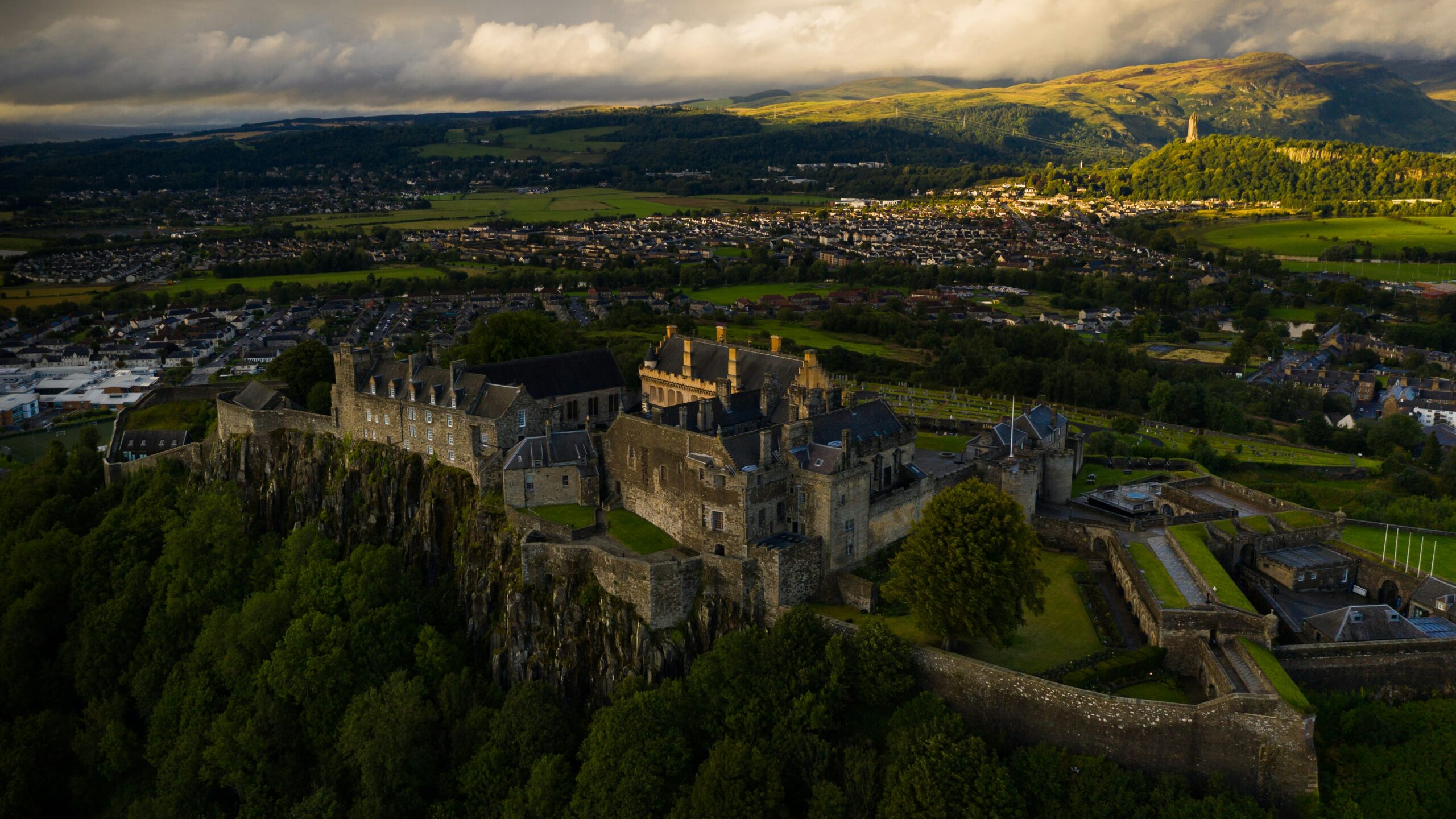
Stirling, Scotland's youngest and smallest city, earned its reputation as the 'Gateway to the Highlands' and stands proudly as the best-preserved medieval city in Scotland. This remarkable settlement witnessed the fierce Wars of Independence, where heroes like William Wallace and Robert the Bruce fought for Scottish freedom. With its stunning medieval architecture, royal connections, and fascinating stories of triumph and tragedy, exploring things to do in Stirling reveals layers of Scottish heritage at every turn.
Meanwhile, the Stirling engine represents a completely different aspect of Scottish ingenuity. Invented in 1816 by Robert Stirling, this external combustion engine revolutionized thermal energy conversion with its remarkable efficiency and versatility. Despite sharing a name, these two Stirlings have no direct historical or geographical connection beyond their Scottish origins – Robert Stirling hailed from Scotland but developed his engine independently of the famous city.
This comprehensive guide will first immerse you in Stirling's medieval streets, exploring its iconic castle, historic battlefields, and practical travel information. Then we'll delve into the fascinating world of Stirling engines, examining their mechanics, applications, and potential for sustainable energy solutions. Both represent enduring legacies of Scottish innovation that continue inspiring visitors and engineers alike.
Section 1: Discovering Stirling City – Scotland's Historic Heart
Stirling City: A Journey Through Scotland's Past
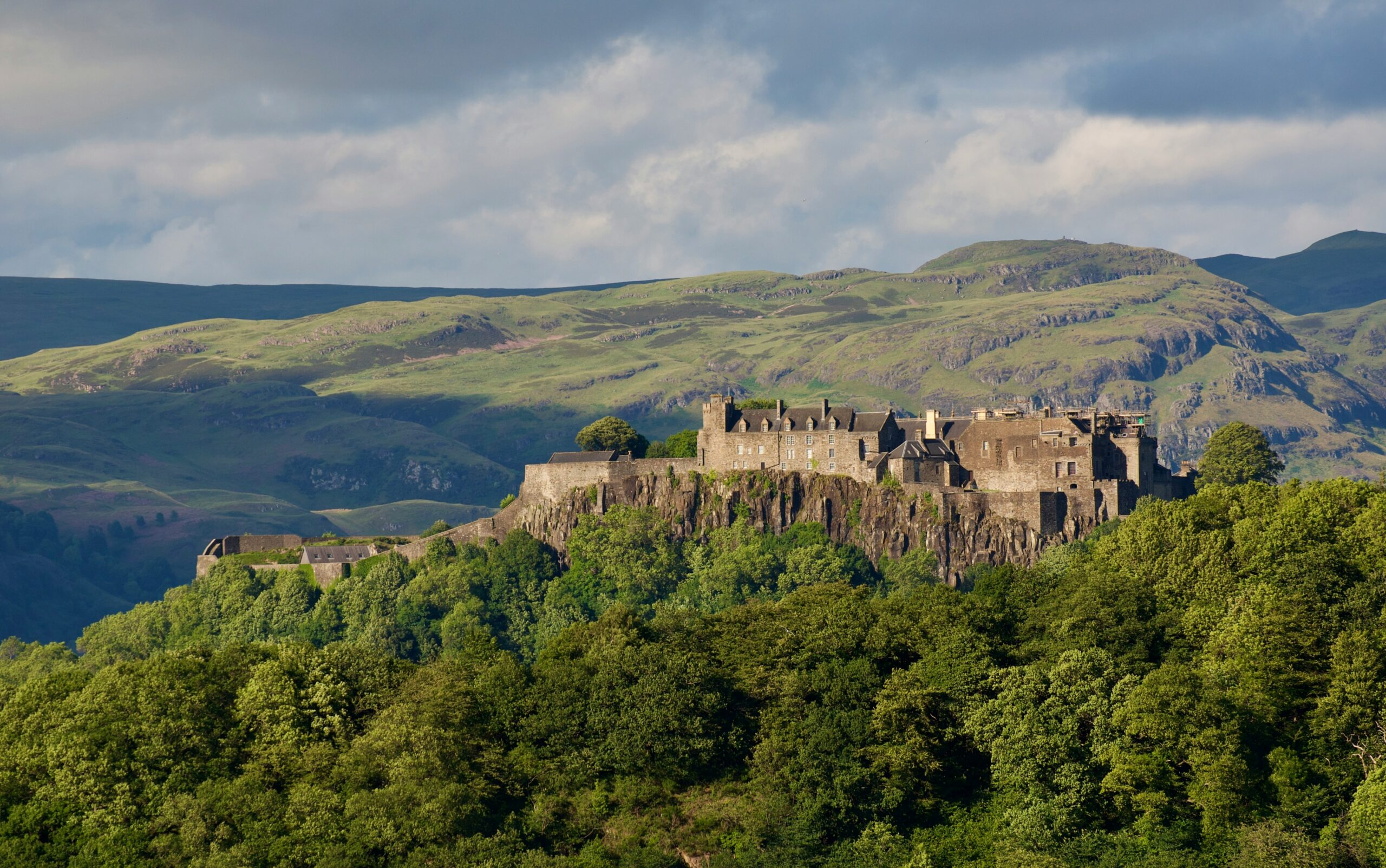
Stirling's strategic importance cannot be overstated in Scottish history. This momentous city earned its "Gateway to the Highlands" epithet through its crucial position as the lowest bridging point of the River Forth, making it an essential crossing for travelers and armies throughout the centuries. Military strategists understood well that "he who holds Stirling, holds Scotland" – a principle that shaped countless battles and political maneuvers.
The city's medieval heritage shines through its remarkably preserved architecture and urban layout. Originally developing as a market town that connected the royal citadel, medieval old town, bridge, and port, Stirling grew organically around its strategic river crossing. This natural evolution created the authentic medieval atmosphere that visitors experience today, with narrow lanes and historic buildings creating an immersive journey through Scotland's past.
Despite its ancient roots, Stirling only officially received city status in 2002 as part of Queen Elizabeth II's Golden Jubilee celebrations. This recognition acknowledged both its historical significance and its continuing role as a vital cultural and economic center in central Scotland.
Famous Landmarks and Historical Battlegrounds
Stirling Castle
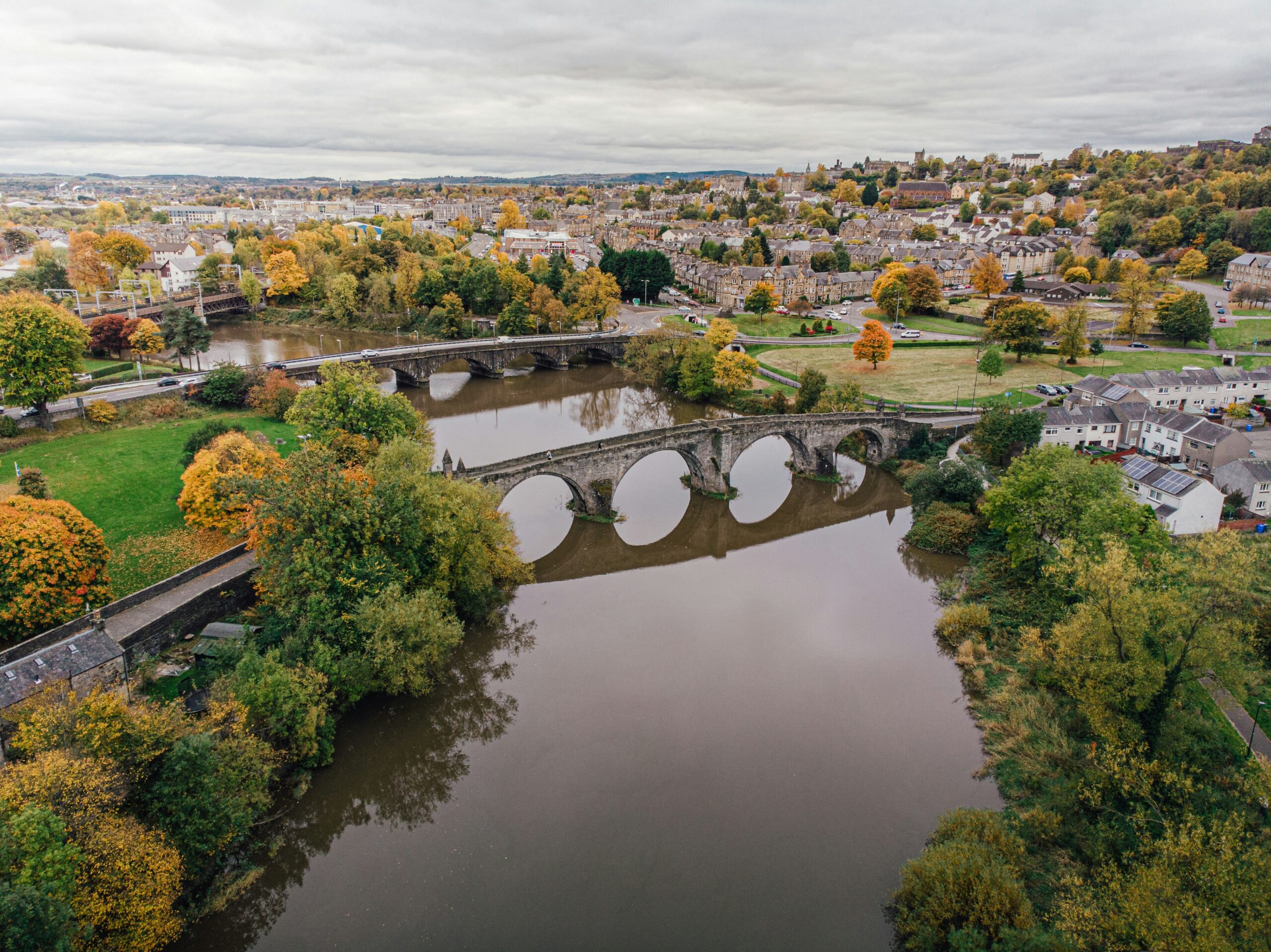
Dominating the skyline from its elevated position, Stirling Castle stands as Scotland's most important royal fortress and the city's crown jewel. This imposing structure served as the most celebrated royal residence in Scotland, witnessing the births and coronation ceremonies of numerous monarchs. James VI was born within these walls, while Mary, Queen of Scots received her baptism in the castle's Chapel Royal.
The castle's architectural highlights include the magnificent Great Hall, restored to its Renaissance splendor, and the Queen Anne Gardens, offering peaceful respites with spectacular views. The complex Royal Palace reveals the castle's domestic life, while the Chapel Royal showcases beautiful craftsmanship from Scotland's royal past.
During the Wars of Independence, Stirling Castle changed hands repeatedly between Scottish and English forces, emphasizing its strategic value. Robert the Bruce deliberately ordered parts of the castle to be damaged – a practice called "slighting" – to prevent future invaders from easily occupying this crucial fortress. Today, Historic Environment Scotland manages this Scheduled Ancient Monument, ensuring its preservation for future generations while providing visitors with immersive historical experiences. When considering things to do in Stirling, the castle remains the absolute must-see attraction.
The National Wallace Monument
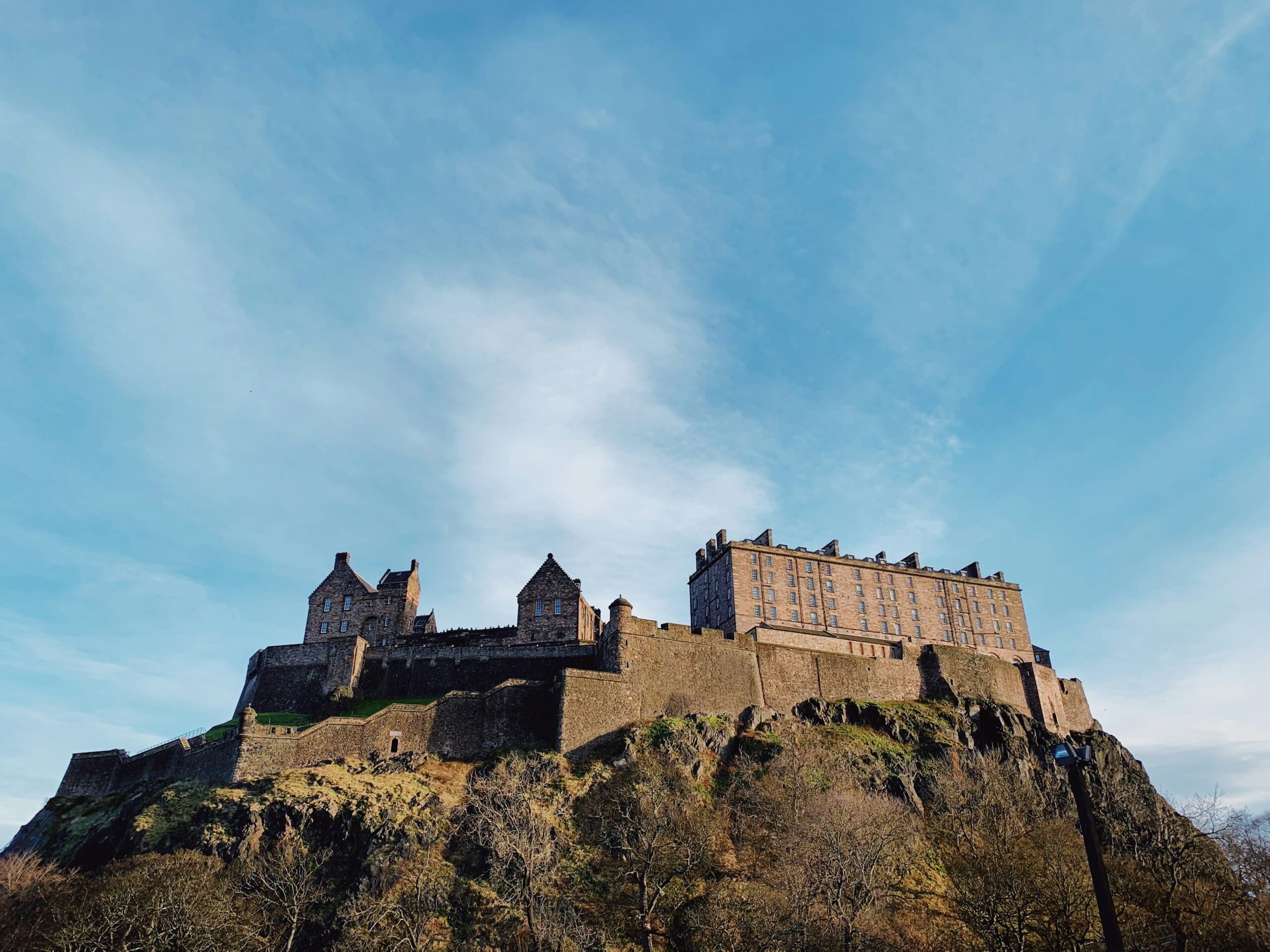
Rising majestically from Abbey Craig, the National Wallace Monument honors William Wallace, Scotland's beloved national hero. This distinctive tower marks the legendary spot where Wallace supposedly watched English military movements before the Battle of Stirling Bridge. While the monument offers breathtaking views of the Forth Valley, Ochil Hills, and Trossachs after climbing its 246 steps, many visitors find it equally impressive when viewed from a distance as an iconic landmark punctuating the Scottish landscape.
Inside the monument, the Hall of Heroes houses fascinating exhibits about Wallace's life and displays the fearsome Wallace Sword, a powerful symbol of Scottish resistance. The monument gained additional international recognition through its fictionalized portrayal in the 1995 blockbuster "Braveheart," although historians note significant differences between Hollywood's version and actual historical events. This represents one of the most popular things to do in Stirling for visitors seeking to understand Scottish history.
Battle of Bannockburn Visitor Centre
The Battle of Bannockburn represents one of Scotland's most decisive military victories. On June 23rd, 1314, Robert the Bruce's strategic brilliance secured Scottish independence against a much larger English army led by Edward II. This triumph fundamentally changed Scotland's trajectory and cemented Bruce's legacy as a military genius.

The modern visitor center transforms this historic battlefield into an immersive educational experience. Using cutting-edge digital technology, visitors can witness the battle's progression, understand the tactical decisions that determined its outcome, and appreciate the courage displayed by Scottish forces fighting for their nation's freedom. Learning about this pivotal battle ranks among the essential things to do in Stirling.
Stirling Old Town Jail
Built in 1847, Stirling Old Town Jail reveals the darker aspects of Victorian justice and prison conditions. This imposing structure housed overcrowded populations in harsh conditions that reflected 19th-century attitudes toward crime and punishment. Today, the jail offers interactive tours featuring actors portraying former prisoners, bringing to life stories of desperation, betrayal, and survival.
Visitors learn about infamous figures like Jock "The Jolly Hangman" Rankin, whose grim profession earned him an unsettling nickname. The jail's educational programs illuminate how crime and punishment evolved throughout Scottish history. However, perhaps the jail's most spectacular feature is its rooftop observation tower, providing stunning 360-degree views encompassing the city, Wallace Monument, and the breathtaking Trossachs National Park. This unique attraction adds to the diverse things to do in Stirling.
Stirling Smith Art Gallery and Museum

This award-winning institution celebrates Stirling's rich cultural heritage through its extensive collection of over 40,000 objects and art pieces. The museum serves as a community hub, showcasing local history, art, and culture while providing free admission – making it an excellent budget-friendly option for learning about William Wallace, Robert the Bruce, and broader Scottish history.
Gallery 3 particularly focuses on "The Stirling Story," providing comprehensive insights into the city's development from medieval times to the present. Regular temporary exhibitions and community shows ensure fresh experiences for repeat visitors while supporting local artists and historians. This cultural gem offers educational things to do in Stirling for all ages.
Old Stirling Bridge
This fascinating late 15th-century masonry arch bridge spans the River Forth, replacing earlier timber structures that proved vulnerable to floods and military destruction. The bridge played crucial roles in various historical events, including the Jacobite Rising of 1745 and most famously, the Battle of Stirling Bridge in 1297 – Wallace's first major Scottish victory against English forces.
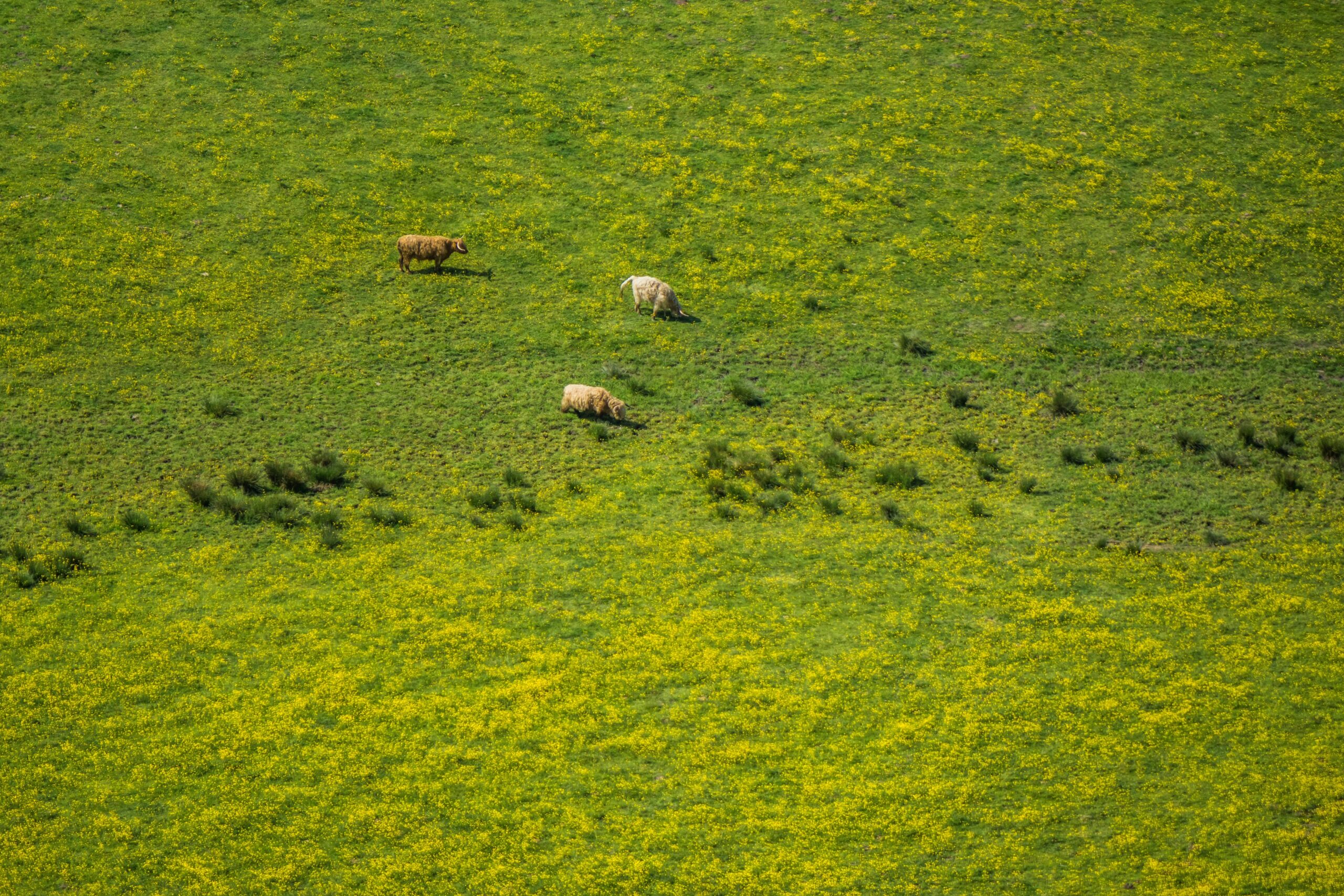
Standing on this historic bridge, visitors enjoy magnificent views of Stirling Castle while contemplating the countless armies, merchants, and travelers who crossed these same stones throughout the centuries. The bridge's enduring strength demonstrates medieval engineering skill and continues serving modern traffic alongside its historical importance. Walking across this bridge ranks among the most atmospheric things to do in Stirling.
Church of the Holy Rude
Founded in 1129, the Church of the Holy Rude stands as Stirling's second oldest building after the castle itself. This remarkable church witnessed numerous royal ceremonies throughout Scottish history, most notably hosting the coronation ceremony of James VI as King of Scots. The church's long association with Scottish royalty reflects Stirling's central role in the nation's political and religious life.
The church's architecture spans several centuries, showcasing evolving styles while maintaining its spiritual significance for local congregations. Its continued use for worship demonstrates the enduring connection between Stirling's medieval past and contemporary life.
Star Pyramid (Salem Rock)
Located in the Old Town Cemetery, this striking pyramid-shaped memorial built in 1863 honors "all those who suffered persecution in the cause of civil and religious liberty in Scotland." The pyramid's distinctive design makes it a unique landmark while its dedication reflects Scotland's long struggle for religious and political freedom.
This memorial connects Stirling's history to broader themes of Scottish independence and religious tolerance, reminding visitors that the city's significance extends beyond military battles to encompass fundamental questions of human rights and spiritual freedom.
Made in Stirling
This sprawling shop and creative hub supports local artists and designers while offering visitors unique gifts and souvenirs that truly represent Scottish craftsmanship. Beyond retail, Made in Stirling hosts workshops and events that strengthen community connections while providing visitors with authentic cultural experiences.
The shop's emphasis on local production reflects contemporary movements toward sustainable consumption and community support, illustrating how Stirling continues evolving while honoring its heritage. Shopping here provides one of the most authentic things to do in Stirling for visitors seeking genuine local products.
Practical Information for Your Stirling Visit
| Travel Option | Details | Journey Time |
|---|---|---|
| From Edinburgh | Regular train service | 50 minutes |
| From Glasgow | Regular train service | 30 minutes |
| Edinburgh Airport | Train/bus connections | 1.5 hours |
| Glasgow Airport | Train/bus connections | 1 hour |
Getting There
Air travelers can access Stirling through Edinburgh Airport, Glasgow Airport, or Glasgow Prestwick Airport, all offering convenient transport and train connections to the city. These airports provide international and domestic flights, making Stirling accessible from across the UK and beyond.
Stirling's excellent bus connections include both local and national services, with the main bus station located conveniently in the city center. This central location allows easy access to accommodation and attractions without requiring additional transportation. Visitors can also find comfortable accommodation at places like Stirling Court Hotel, which offers convenient access to major attractions.
Train travel offers perhaps the most convenient access to Stirling, with regular services from Glasgow (30 minutes) and Edinburgh (50 minutes). The city's rail connections extend throughout the UK, making it an ideal base for exploring Scotland or continuing journeys to England.
Getting Around
Most things to do in Stirling are easily accessible on foot, thanks to the city's compact medieval layout. This walkability enhances the visitor experience, allowing spontaneous discoveries and intimate connections with the historical environment.
During summer months, the hop-on-hop-off City Sightseeing bus provides convenient transportation between major attractions, particularly helpful for visitors with mobility concerns or those carrying luggage. For travelers requiring luggage storage, Willy Wallace Hostel offers secure facilities. In the evenings, visitors can enjoy entertainment at Vue Cinema Stirling, perfect for relaxing after a day exploring historical sites.
Stirling City Pass
The Stirling City Pass provides excellent value for visitors planning to explore multiple attractions and discover all the things to do in Stirling. This pass includes admission to Stirling Castle, the National Wallace Monument, and Stirling Old Town Jail – three of the city's most significant destinations. For travelers curious about other Historic Scotland properties, the Explorer Pass extends savings to additional locations throughout the country.
These passes not only reduce costs but also streamline the visitor experience, eliminating the need for separate ticket purchases while encouraging comprehensive exploration of Stirling's historical offerings. For more information about visiting Scotland's historic sites, check out the official Historic Environment Scotland website.
Section 2: The Stirling Engine – A Legacy of Thermal Innovation
What is a Stirling Engine? Understanding its Core Principles
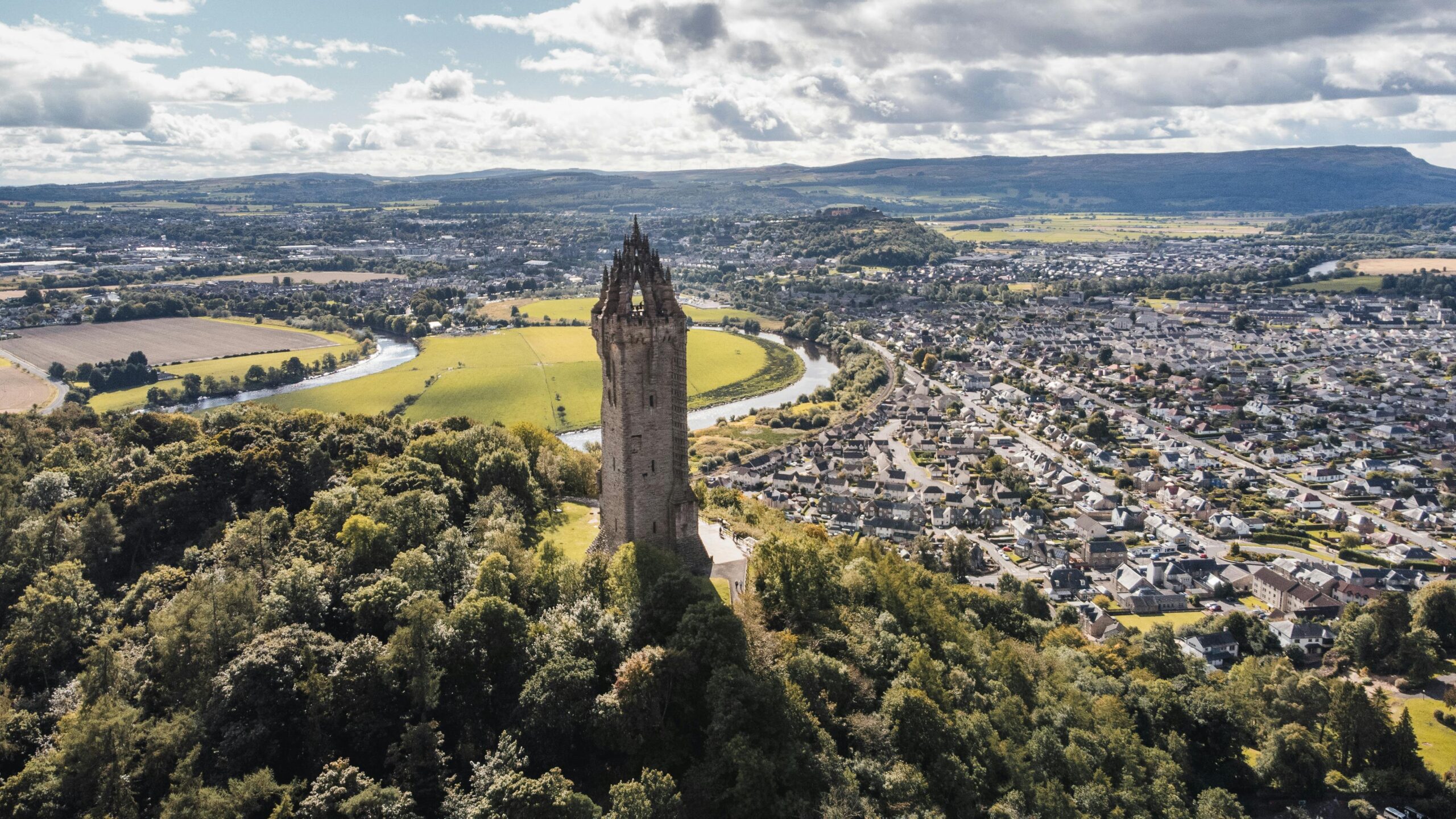
A Stirling engine operates as a closed-cycle regenerative heat engine, converting thermal energy into mechanical work through the cyclical expansion and contraction of a working fluid such as air, hydrogen, or helium. Unlike internal combustion engines, Stirling engines utilize external heat sources, providing remarkable flexibility in fuel selection and cleaner operation.
The regenerator represents the Stirling engine's most innovative component, invented by Robert Stirling himself. This crucial element acts as a temporary heat storage system, recycling internal thermal energy to dramatically increase overall efficiency. The regenerator captures heat during one phase of the cycle and releases it during another, minimizing energy waste and maximizing power output.
External combustion allows Stirling engines to operate using virtually any heat source – solar energy, geothermal heat, nuclear reactors, biomass, or even waste heat from industrial processes. This flexibility makes them particularly valuable for sustainable energy applications and remote locations where conventional fuel supplies may be limited or expensive.
The History and Development of the Stirling Engine
Robert Stirling invented his revolutionary engine in 1816, designing it as an industrial prime mover capable of competing with steam engines. His original patent focused on the regenerator principle, which he called an "economiser," recognizing its potential for significantly improving thermal efficiency.
Early applications included pumping water at a quarry in Ayrshire, demonstrating the engine's practical utility. However, material limitations of the early 19th century led to frequent failures when engines operated at high temperatures and pressures. These technical challenges initially restricted Stirling engines to low-power domestic applications, preventing them from achieving Robert Stirling's ambitious industrial goals.
20th-Century Revival
The mid-20th century saw renewed interest in Stirling engines, largely due to Philips' extensive development program. The Dutch company invested heavily in Stirling technology for powering radios in remote locations, culminating in the MP1002CA generator set. Philips' research also led to breakthrough applications in cryocoolers, using Stirling principles in reverse for refrigeration purposes.
Military applications proved particularly successful, with Swedish Gotland-class submarines (from 1996) and Japanese Sōryū-class submarines adopting Stirling engines for their exceptional efficiency and remarkably quiet operation. These underwater applications demonstrated the engine's potential for specialized military and commercial uses.
21st-Century Developments
Modern Stirling engine development focuses on sustainable energy applications. Concentrated Solar Power (CSP) systems use parabolic dishes to focus sunlight, creating the high-temperature heat sources that Stirling engines convert efficiently into electricity. These systems represent promising alternatives to photovoltaic solar panels, particularly in areas with abundant direct sunlight.
Micro Combined Heat and Power (CHP) systems utilize Stirling engines as efficient and safer components for residential electricity generation. These systems simultaneously produce electricity and useful heat, maximizing energy efficiency while reducing environmental impact.
NASA has expressed significant interest in Stirling engines for space applications, including deep space vehicles, planetary probes, and potential extraterrestrial settlements. The KRUSTY (Kilopower Reactor Using Stirling Technology) project exemplifies this interest, developing nuclear-powered Stirling systems for lunar and Martian missions.
How a Stirling Engine Works: The Four-Phase Cycle
The idealized Stirling cycle consists of four distinct thermodynamic processes acting on the working fluid:
1. Isothermal Expansion (Heating): The working gas expands while absorbing heat from an external hot source, pushing the power piston and extracting mechanical work. During this phase, the gas temperature remains constant while its volume increases significantly.
2. Isochoric Heat Removal (Cooling through Regenerator): The gas passes through the regenerator at constant volume, transferring heat to this temporary storage device. This heat will be recovered during the next cycle, improving overall efficiency.
3. Isothermal Compression (Cooling): The gas compresses while rejecting heat to a cold sink, such as ambient air or cooling water. This compression requires mechanical work input but occurs at lower pressure than the expansion phase.
4. Isochoric Heat Addition (Heating through Regenerator): The gas passes back through the regenerator at constant volume, recovering the previously stored heat and warming toward the expansion chamber temperature.
Key Components Beyond the Regenerator
Heat sources can include external fuel combustion, concentrated solar energy, geothermal heat, nuclear reactors, industrial waste heat, or biomass. This flexibility allows Stirling engines to operate in diverse environments and applications.
Heat sinks typically utilize ambient air, water for marine applications, or specialized cryogenic fluids for extreme conditions. Effective heat dissipation remains crucial for maintaining the temperature differential that drives the engine.
The displacer, found in Beta and Gamma configurations, moves the working gas between hot and cold regions without changing the total gas volume. This component enables the cyclical temperature changes necessary for engine operation.
The power piston extracts mechanical work from the expanding gas, converting thermal energy into useful mechanical output through connecting rods, crankshafts, or linear alternators.
Working fluid selection significantly impacts engine performance. Air provides simplicity and safety but limits efficiency. Hydrogen offers excellent thermal properties but requires careful handling due to its explosive nature. Helium provides good performance with enhanced safety, although at higher cost.
Advantages and Limitations of Stirling Engines
| Advantages | Limitations |
|---|---|
| Fuel and heat source flexibility | Heat exchanger complexity and cost |
| High efficiency potential | Size and power density issues |
| Quiet operation | Warm-up time requirements |
